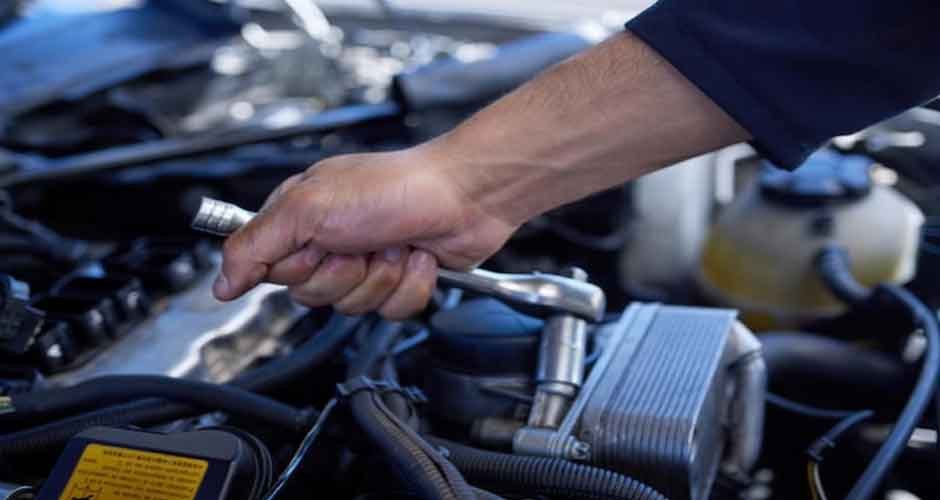Diesel truck owners have been deleting emissions control systems like EGR and DPF to unlock more engine power and economy. This practice involves removing restrictive components that can choke air flow in diesel motors. Emissions deletes eliminate parts that impair performance and reliability.
What is a diesel emissions delete?
A diesel emissions delete involves taking out or disabling certain components. This includes the EGR (Exhaust Gas Recirculation), DPF (Diesel Particulate Filter), and DEF (Diesel Exhaust Fluid) systems.
The engine’s performance and economy can be enhanced when these elements are removed. This is because they are often seen as restricting or “choking” the engine’s capabilities.
By eliminating these emissions choking components, the engine is allowed to breathe more freely. It can then function at its optimal level.
Why truck owners delete emissions
Some truck owners choose to delete emissions to increase horsepower and torque. These changes can lead to a more robust and lively engine performance.
Improving fuel mileage is another reason behind emissions deletion. It allows the engine to operate more efficiently, translating into fewer gas station trips.
Maintenance costs can be an ongoing concern for truck owners. Deleting emissions can reduce these costs by removing parts that are often expensive to replace or repair.
Failure-prone parts, such as certain emissions components, can be a headache. By eliminating these, truck owners lessen the risk of unexpected breakdowns.
Enhancing the overall driving experience is a core motivation behind emissions deletion. The modifications can result in smoother rides and more responsive handling.
Components targeted in delete process
The Exhaust Gas Recirculation (EGR) system is often targeted in the delete process. Its removal can lead to increased engine performance, although with environmental implications.
Another component often removed is the Diesel Particulate Filter (DPF). This filter captures, and stores exhaust soot, and deleting it can enhance engine efficiency.
When deleting 6.7 powerstroke, the Selective Catalytic Reduction (SCR) is commonly addressed. It’s a component that reduces harmful emissions, but its removal can boost engine responsiveness.
The Diesel Exhaust Fluid (DEF) system is also a target for deletion. Its removal can reduce the complexity of the engine, making it easier to maintain.
The sensors and wiring related to these components might also be removed. This further streamlines the engine’s functioning and may reduce potential failure points.
Selecting the right delete kit
When pondering how to delete 6.7 powerstroke, it’s essential to research reputable manufacturers. Quality and reliability are crucial for such a significant modification.
Ensuring that the kit matches the truck’s specs is another vital step. Compatibility with the specific model and engine type will lead to a successful deletion process.
A delete kit with a tuner included or recommended is often desirable. Tuners can help optimize engine performance, making them an essential part of the modification.
Determining which components to remove is a decision that requires careful thought. Different kits may target different parts, so understanding what’s included is key.
Consideration of the desired power gains is also critical. The selected kit should align with the performance goals for the truck, whether it’s more horsepower, torque, or fuel efficiency.
Tuning and programming considerations
Tuning is a vital step when modifying a diesel engine, as it maximizes the benefits of other adjustments, such as emissions deletion.
Custom programming can be tailored to suit specific performance goals. Whether it’s more power or fuel efficiency, the right program can make a world of difference.
It’s typically recommended to seek out experienced diesel tuners for this intricate work. Their expertise ensures the tuning aligns perfectly with the vehicle’s unique needs.
Tuning adds power, optimizes economy, and adjusts transmission behavior. These changes can lead to a more responsive and satisfying driving experience.
When performed in conjunction with an emissions delete, tuning is key for the best results. It fine-tunes the engine’s behavior to match the newly liberated performance characteristics.
Drivability after emissions delete
Once the emissions delete is done, many drivers notice a more responsive accelerator. The truck reacts more quickly, giving a sense of immediate control.
A freer-revving engine is another typical result of emissions deletion. The engine may feel more willing and lively, adding excitement to the driving experience.
Increased torque and pulling power are appealing aspects of this modification. Whether hauling heavy loads or simply enjoying a robust drive, these improvements are noticeable.
Some may find that the exhaust note becomes louder. While this can add a sportier feel, it’s something to consider if noise levels are a concern.
The engine braking effect might be reduced after emissions deletion. This can change the feel of the vehicle when slowing down or descending steep grades.
Mileage improvements are possible but often depend on driving style. Aggressive driving may offset the gains, while a more conservative approach can maximize fuel efficiency.
Best applications for delete kits
Heavy-duty towing and hauling is an area where delete kits can shine. These tasks demand high performance, and the modifications can provide the extra power needed.
High-mileage work trucks often benefit from emissions deletion. This can lead to reduced maintenance costs and extended engine life, both crucial for hard-working vehicles.
Off-highway and farm use are other scenarios where delete kits can be practical. In these environments, maximizing performance and efficiency is often more critical than adhering to strict emissions standards.
Racing and performance applications are well-suited for emissions deletion. In competitive scenarios, every ounce of power can make a difference, and delete kits can unlock that potential.
The best applications for delete kits span various scenarios and goals. From towing and racing to maintenance reduction, they offer a wide array of potential enhancements to different types of vehicles.
Conclusion
Delete kits provide various enhancements tailored to the unique needs of diesel truck owners. From performance gains in heavy-duty tasks to fuel efficiency and maintenance reduction, these modifications transform how vehicles are utilized and enjoyed.



